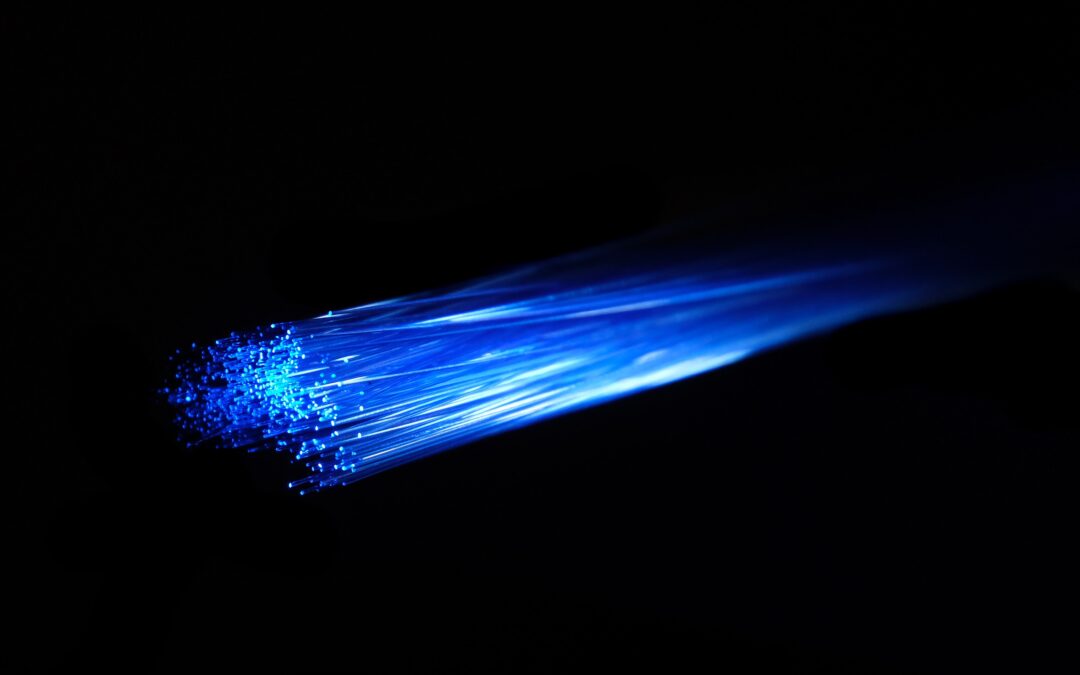In today’s fast-paced world, staying connected is more important than ever. That’s where fiber optics come in. You might not see them, but they’re the superheroes of our digital age, making sure we can do everything from streaming videos to video chatting with friends, all at lightning speed. But what if fiber optic communication didn’t exist? How would we be impacted?
1. Slower Communication Speeds: Without fiber optics, we would heavily rely on traditional copper wire communication networks, which are significantly slower and more susceptible to signal degradation over long distances. This would result in slower internet speeds, longer download times, and increased latency in communication networks.
2. Limited Bandwidth: Copper wire networks have limited bandwidth compared to fiber optics, which means they would struggle to handle the growing volume of data transmitted over the internet today. This limitation would hinder the development and adoption of data-intensive technologies such as streaming services, cloud computing, and big data analytics.
3. Restricted Connectivity: The absence of fiber optic communication would restrict connectivity in remote and rural areas, where laying traditional copper cables may be cost-prohibitive or technically challenging. This digital divide would exacerbate existing disparities in access to information, education, and economic opportunities.
4. Impact on Telecommunications: Telecommunications companies would face challenges in meeting the increasing demand for high-speed internet access and reliable communication services. Innovation in telecommunication technologies, such as 5G networks and Internet of Things (IoT) devices, would be severely limited without the high-speed, low-latency capabilities of fiber optics.
5. Reduced Innovation: Many industries rely on high-speed data transmission for research, development, and innovation. Without fiber optics, advancements in fields such as healthcare (telemedicine), education (e-learning), finance (high-frequency trading), and entertainment (virtual reality) would be hindered, slowing down progress and limiting opportunities for growth and improvement.
6. Environmental Impact: Fiber optics are more energy-efficient than traditional copper wire networks, requiring less power to transmit data over long distances. Without fiber optics, energy consumption in communication networks would be higher, leading to increased carbon emissions and environmental impact.


